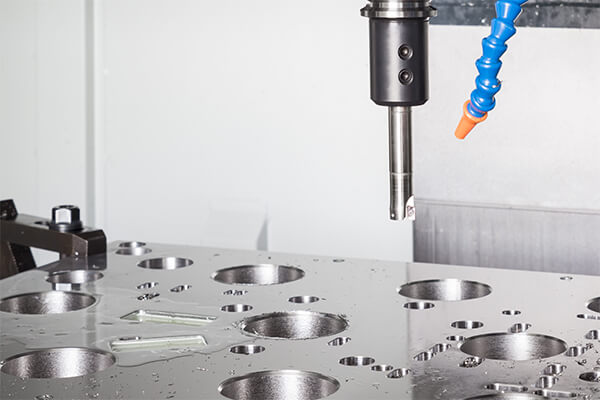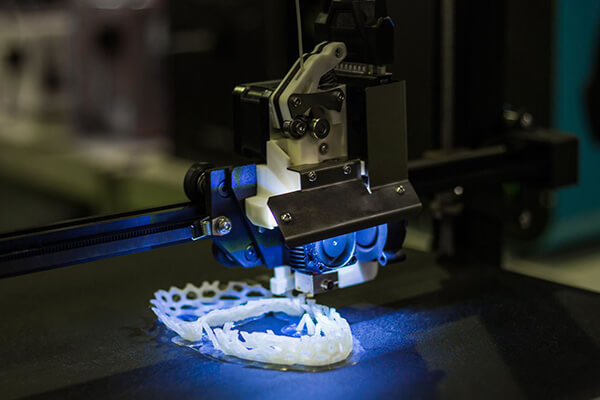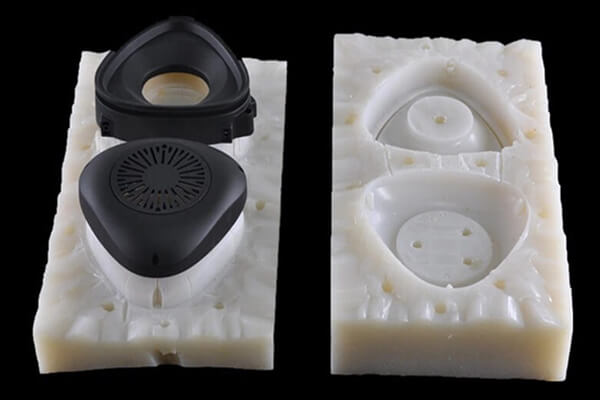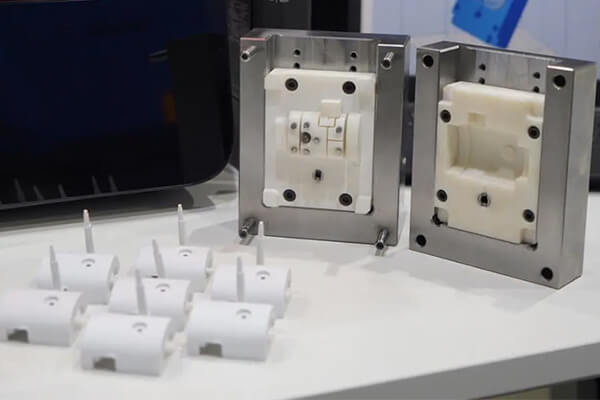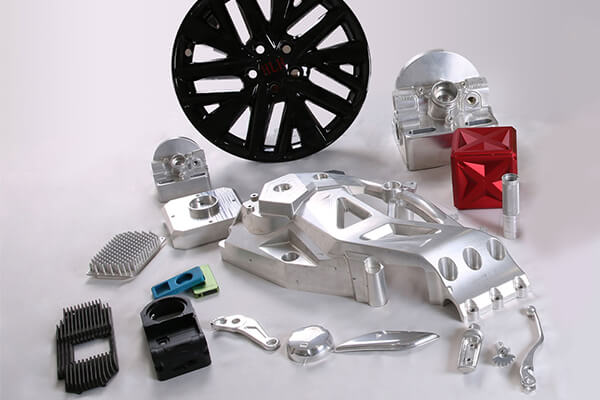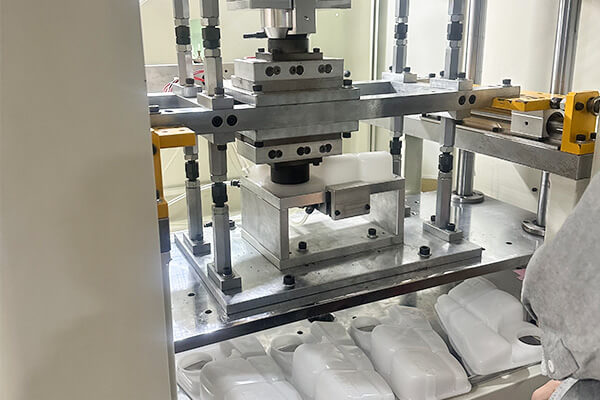Rapid Manufacturing Solutions
CNC Machining Services
Rapid Prototyping
Injection Molding Services
Sheet Metal Fabrication
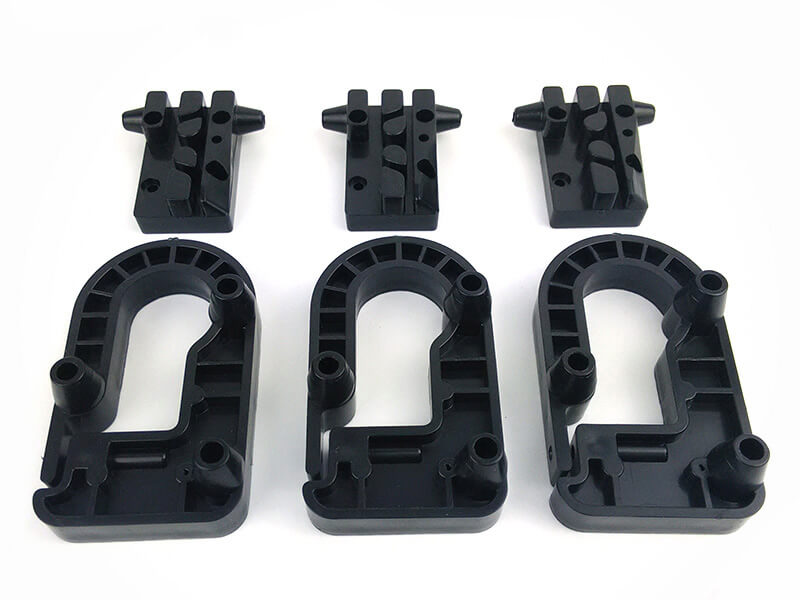
China Rapid Manufacturing Supplier
Rapid manufacturing encompasses a range of production techniques geared toward swift and adaptable creation of final-use components for custom-made goods, limited-scale serial manufacturing, or transitional production phases. Various methods are integral to rapid manufacturing, including additive manufacturing, CNC machining, and rapid tooling. Most of these approaches incorporate digital design and software automation to expedite the manufacturing workflow.
Unlike many conventional manufacturing methods like injection molding and casting, which necessitate expensive and time-intensive tooling, rapid manufacturing processes enable the cost-effective and time-efficient production of intricate components. If you need rapid manufacturing services and are looking for fast manufacturers, please learn more below.
Rapid Manufacturing Processes
CNC Machining
Computer Numerical Control (CNC) machining involves subtracting material from a solid block using precision computer-controlled cutting tools. While not strictly additive like 3D printing, it is considered a rapid manufacturing method due to its accuracy and efficiency.
3D Printing
- Fused Deposition Modeling (FDM)
- Stereolithography (SLA)
- Selective Laser Sintering (SLS)
- Binder Jetting
- Direct Metal Laser Sintering (DMLS)
- Polyjet Printing
- Electron Beam Melting (EBM)
Rapid Tooling
Rapid tooling techniques create molds or dies quickly, which can be used for injection molding, die casting, or other traditional manufacturing processes. This expedites the production of parts in larger quantities.
Injection Molding Prototyping
While injection molding is traditionally associated with high-volume production, rapid injection molding involves creating temporary or prototype tooling to quickly produce small batches of parts.
Sheet Metal Rapid Prototyping
This process involves laser cutting, bending, and welding of sheet metal to quickly produce prototypes or small batches of sheet metal parts.
Ultrasonic Additive Manufacturing (UAM)
UAM uses ultrasonic vibrations to bond metal foils layer by layer. It’s known for its ability to create dissimilar metal parts.
What Is Rapid Manufacturing Used for?
Rapid Manufacturing processes find applications across a wide range of industries and use cases due to their speed, flexibility, and versatility.
The ability to produce parts quickly, with high customization and reduced tooling costs, continues to drive its adoption in various sectors, facilitating innovation and efficiency in product development and production.
- Prototyping and Product Development
Rapid manufacturing is extensively used for creating prototypes of new products. It allows designers and engineers to quickly test and iterate their designs, reducing development cycles. - Tooling and Molds
Rapid manufacturing is used for creating molds and tooling quickly, reducing lead times for traditional manufacturing processes like injection molding. - Customized Medical Devices
Rapid manufacturing creates custom implants, prosthetics, dental devices, and patient-specific medical instruments. - Aerospace Components
Rapid manufacturing produces lightweight, complex components for aircraft and spacecraft. It enables the creation of intricate geometries and reduces weight. - Automotive Parts
The automotive sector utilizes rapid manufacturing for producing custom or low-volume parts, such as interior components, brackets, and even car prototypes. - Consumer Electronics
Rapid manufacturing helps in the production of custom or low-volume electronic components, casings, and prototypes, allowing for faster product launches and testing. - Jewelry and Fashion Accessories
Jewelry designers and fashion accessory makers employ rapid manufacturing to create intricate and personalized pieces.
Materials Suitable for Rapid Manufacturing
- Metals: Aluminum, Stainless Steel, Copper (Brass, Brozne, etc.), Iron, Titanium, Low Carbon Steel, Alloy
- Plastics: ABS, PC, PVC, PP, POM, PEEK, Acrylic (PMMA), Nylon, and various engineering plastics.
- Exotic Materials: Some facilities handle exotic materials like Inconel, Monel, and Hastelloy for specialized applications.
These materials are sourced from strictly inspected material suppliers who have long-term cooperation with us and can provide reliable material certification.
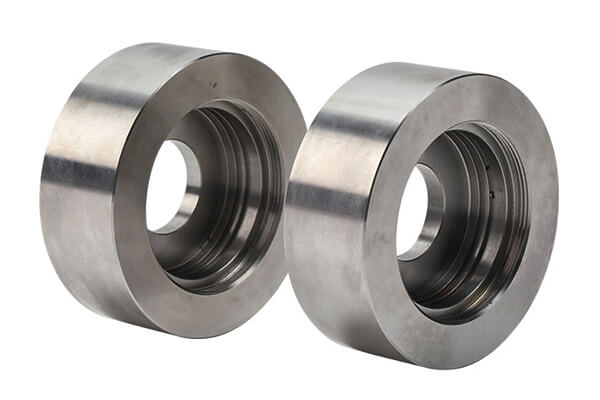
Alloy Steel
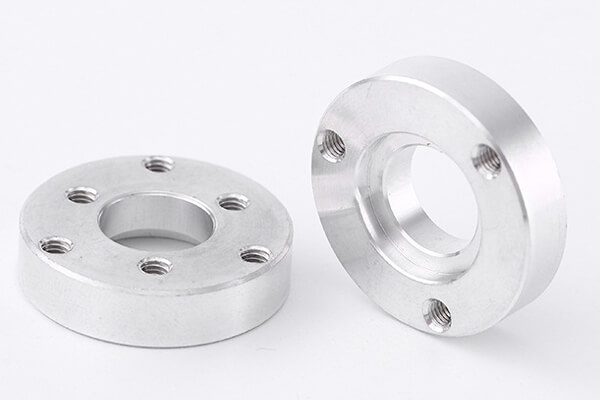
Aluminum
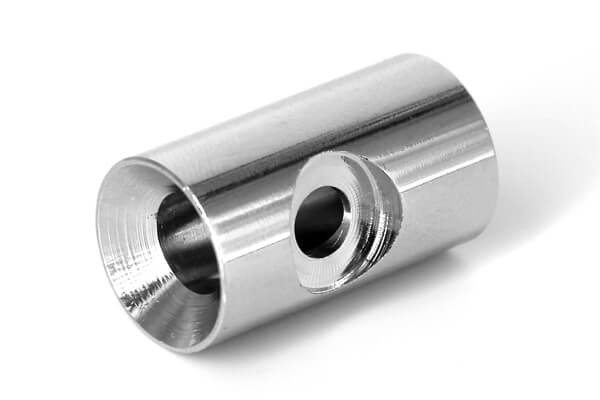
Stainless Steel
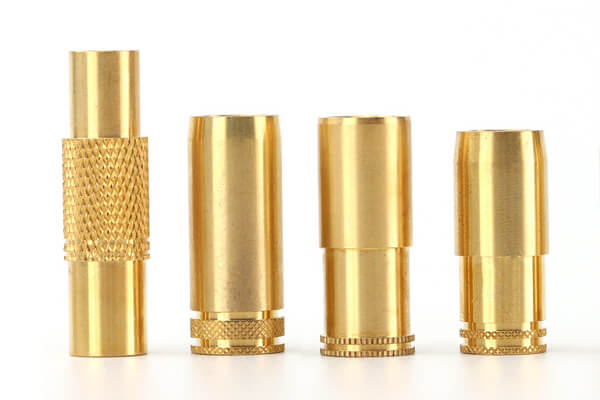
Brass/Brozne
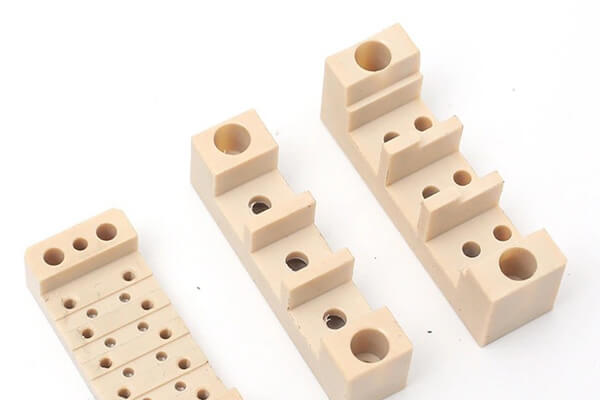
Plastic
Benefits of Rapid Manufacturing
Rapid Manufacturing offers numerous benefits across various industries and applications, making it a valuable approach in modern production.
- Fast-Speed Production
Have quick turnaround times for prototypes and end-use parts and reduce time-to-market for products. - Cost Efficiency
Be cost-effective for low to medium production volumes and eliminate the need for expensive molds, tooling, and fixtures, suitable for customized or small-batch production. - Complex Geometries
Rapid manufacturing processes can produce intricate and complex shapes with ease. - Customization
Rapid manufacturing excels at creating customized and personalized products. - Reduced Material Waste
Rapid manufacturing is an additive process, generates less material waste and reduces material costs. - Prototyping and Iteration: Designers and engineers can quickly produce prototypes for testing and iteration, helping to refine and optimize product designs.
- On-Demand and Small-Batch Production
It allows for on-demand and small-batch manufacturing, reducing the need for large inventories and associated storage costs. - Improved Supply Chain Agility
Rapid manufacturing can enhance supply chain flexibility. Companies can produce parts closer to their point of use, reducing transportation costs and lead times. - Materials Variety
There is a wide range of materials available for rapid manufacturing, including plastics, metals, ceramics, and composites. This versatility allows for the production of parts with diverse material properties.
How to Choose from Different Rapid Manufacturing Processes?
- Material Compatibility
Identify the materials that meet the functional and aesthetic requirements of your project. - Material Properties
Consider the material properties required for your parts, such as strength, durability, flexibility, heat resistance, and chemical resistance. - Accuracy and Tolerance
Assess the required level of precision and dimensional accuracy for your parts. Some processesoffer high accuracy, while others may have slightly lower tolerances. - Part Complexity
Evaluate the complexity of the parts you need to produce. Some rapid manufacturing methods excel at creating intricate and complex geometries, while others are better suited for simple shapes. - Production Volume
Determine the quantity of parts you need to manufacture for the considerations of manufacturing methods aiming at small production runs or one-off prototypes and large production volumes. - Lead Time and Speed
Consider your project’s timeline. Evaluate which process can deliver your parts within the required timeframe. - Cost and Budget
Assess the overall project budget. Rapid manufacturing processes can vary in cost, including material expenses, machine time, and labor. Balance your budget constraints with the required quality and quantity of parts. - Post-Processing Requirements
Determine whether your parts will require post-processing steps such as surface finishing, painting, or assembly. - Prototype vs. End-Use Parts
Determine whether you need prototypes for testing and iteration or final end-use parts. Some processes are better suited for prototyping, while others are suitable for both prototyping and production.
By carefully considering these factors, you can choose the most appropriate rapid manufacturing process that aligns with your project’s goals and constraints, ultimately optimizing the production of your parts or products.The most direct way is to contact us. Sungplastic will give you the best solution to create a quality product.
Sungplastic’ Rapid Manufacturing Services for You
- 20+ Years CNC Machining Services:
CNC milling, CNC turning, CNC routing, CNC grinding, CNC drilling, CNC EDM (Electrical Discharge Machining). - Experienced Rapid Tooling and Injection Molding Services:
Rapid tooling for producing molds and dies quickly and Low-volume injection molding for small to medium production runs. - Additional Sheet Metal Rapid Prototyping and Fabrication:
Laser cutting, Bending, Welding, Forming, Powder coating, Surface finishing
Prototyping and iteration support - Flexible Customization and Personalization:
Create custom and personalized parts
Mass customization for consumer products
Short-Run Production for low to medium quantities
Thanks to our cutting-edge manufacturing facilities, Sungplastic will be your go-to specialist for creating prototypes or manufacturing custom small and large parts in small or mass production. Besides, our knowledgeable staff will be pleased to answer any queries about rapid manufacturing or rapid prototyping. We will go over in great detail of our technologies. Reach out to us right away, we await your request!
Get a free quote and design analysis today.
We’ll reply to you within 6 working hours.
We respect your privacy.
+86 139 2927 4777 (WhatsApp, Wechat)

